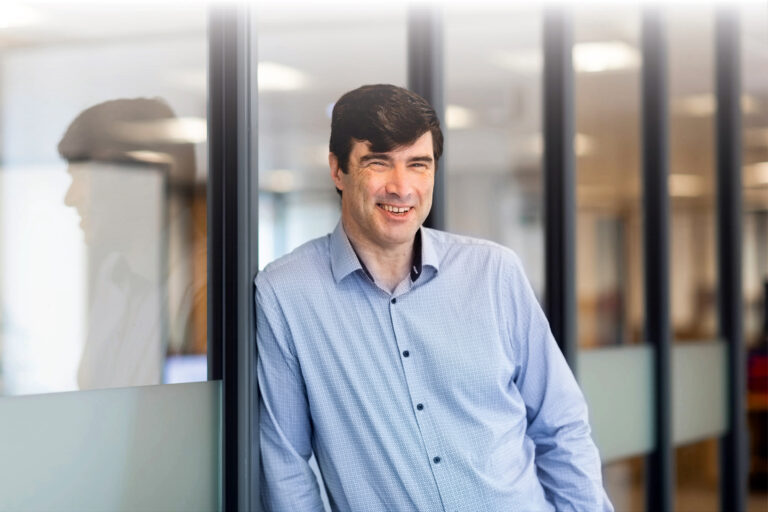We recently reported on the Enlarged Board of Appeal’s Decision in G 1/24 that made it clear that the description and drawings must be consulted when interpreting the claims. We have also reported the follow-on referral G 1/25 in which the Enlarged Board of Appeal has been asked to provide guidance on to what extent the description must be adapted in light of amendments to the claims.
Summary
While we will have to wait for guidance to emerge on G 1/25, the EPO Boards of Appeal have started implementing the guidance handed down in G 1/24. T 1846/23 is one such case that gives us an insight into one particular aspect of claim interpretation: can a patentee argue for a narrower meaning of a claim term based on the description. The Board of Appeal in this case decided that the patentee could not force a narrower interpretation on a claim term that had a standard meaning.
Background
The patent concerned a washing machine, and the interpretation of three parts of the main patent claim was being questioned. The claim required two damping units to counteract vibrations caused by the rotating drum. One damping unit was required to have “an adjustable damping property” and the other was required to have “constant damping properties”. The units were said to be “adjacent damping units spaced apart from each other with respect to the transverse axis”.
It was the interpretation of the three underlined terms that was in question (although the language of proceedings was German so it was the equivalent German terms that were discussed).
“Adjustable damping property”
The Board of Appeal noted that a literal interpretation of an “adjustable damping property” covered not only a damping property that could be adjusted during operation of the washing machine but also an adjustment at other times, for example when the damping unit was first installed in the washing machine. The patentee argued for the narrower meaning of the term such that the damping unit had to be adjustable during operation. This narrower meaning provided an important distinction. It meant that the damping unit could be adjusted to provide stronger damping as the drum passed through resonant rotational frequencies and lesser damping at other times when strong damping would cause excessive noise.
One argument put forward by the patentee in support of the narrow interpretation was that all the embodiments described in the patent included this ability to adjust the damping property during operation. The patentee also argued that the narrower interpretation was required to ensure that the claim solved completely the problem described in the patent application: the patentee noted that the broader interpretation put forward by the Board would not solve fully the problem and hence would be a compromise between the needed damping properties for operation of the washing machine at resonant and non-resonant frequencies.
This was a risky line of argument. While it may have helped with the particular patent being opposed, it risked setting a precedent suggesting features present in all embodiments should have a limiting effect on terms used in a patent claim. Also, would we want a precedent that suggests claims should be interpreted in a way that fully solves a problem set out in the application and exclude interpretations that only partially solve the problem?
Fortunately, the Board of Appeal dismissed the patentee’s argument noting that these facts were not, on their own, enough to interpret the claim term more narrowly than the literal meaning associated with “adjustable damping property”.
This is hardly surprising given the general principles that the claims are likely to be broader in scope than the embodiments, and that claims can alleviate a problem without having to solve the problem completely. That said, this case highlights that care should be taken when drafting patent applications, both in formulating any objectives or problems to be solved by the invention, and also in considering alternatives to a specific example of a key feature of the claims.
“Adjustable damping property”
A similar consideration was made for the term “constant damping properties”, namely does this mean constant during operation of the washing machine or constant at all times? The Board of Appeal considered the description and concluded that the term “constant damping properties” was used as an antonym to the term “adjustable damping property”. With the previously found interpretation of “adjustable” as referring to all possible types of adjustability, a “constant damping property” was interpreted as not having any possibility of adjustment (i.e. it is not enough that the damping property cannot be adjusted during operation of the washing machine alone).
“Adjacent” and “with respect to the transverse axis”
The finding on the final point of interpretation was consistent with the above. The patentee argued a specific and narrower meaning for the term “adjacent damping units spaced apart from each other with respect to the transverse axis” that corresponded to what was shown in all the embodiments. However, this was rejected by the Board of Appeal who followed the normal, literal interpretation of the term.
Conclusion
The Board of Appeal appear to have reached a sensible conclusion that ensures patentees are, in general, given fair scope of protection according to the language they choose for their claims. Narrower interpretations arising from statements of objectives or problems to be solved as well as from features common to all embodiments appear to have been rejected.
This case also raises interesting tactical questions. What can be understood from the published Decision suggests that the patentee needed to argue for narrow definitions to counter novelty and/or inventive step objections raised against the patent. However, responding in this way may have risked setting precedents that may have come back to bite them (and others) in subsequent cases.
As a general lesson, it is important to consider fallback positions when drafting patent applications. While pushing for broad claims to maximise scope of protection for clients, this isn’t always possible when close prior art is cited. In these cases, it is useful to have alternative language for broad terms to provide basis that allows amendment of the claims. It is likely to be better for there to be correspondence between the language of the claims and the description or, at the least, for preferred language to be found in the claims rather than the description.
Further advice can be obtained from your usual Boult advisor.


